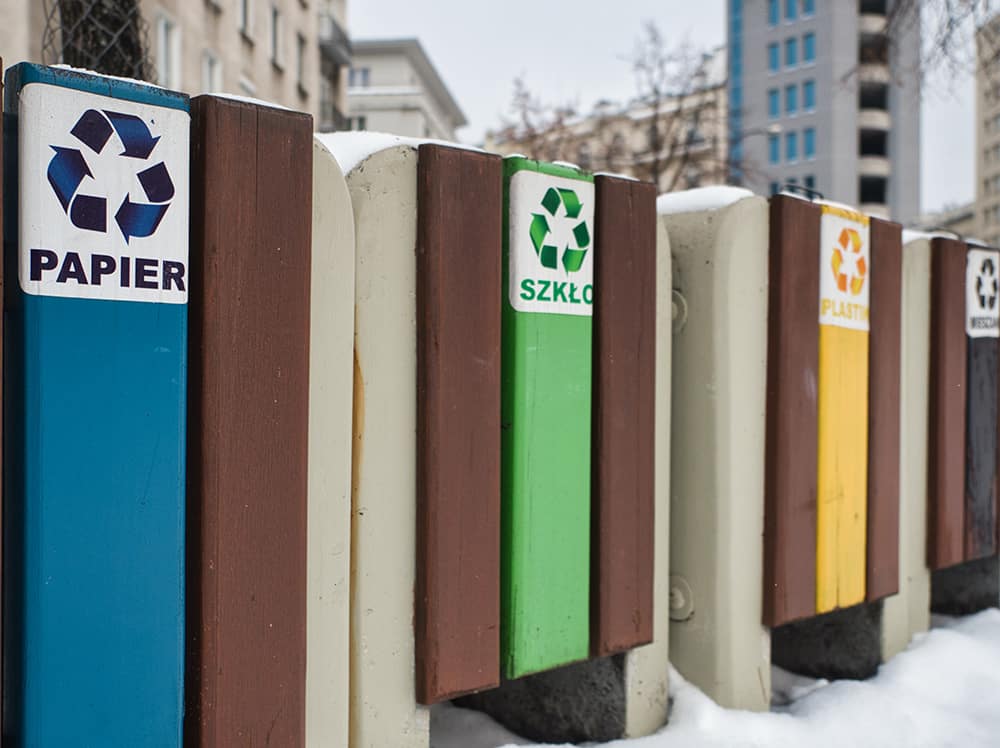Recyclable Food Packaging
At the very basic level, recyclable food packaging is that which can be broken down and the materials reused to make another product in the future. There are a huge number of materials that are used in takeaway food packaging that are recyclable. These include types of paper and cardboard.
It is also possible to recycle plastic too, although this is not as straightforward. You will find food packaging products made from seven different common types of plastics, but some are recycled in many different places, whilst others are not recyclable at all. Each comes with a mark to tell you what type of plastic it is, but for most people these symbols do not mean very much. There is a push for manufacturers to be more clear about whether you can recycle their products or not.
When you have finished with your recyclable food packaging, you can place it in your home recycling bin or in a commercial recycling device and the process can begin of turning it into something else that will be back out on the shelves in time. This reduces the amount of landfill and means that fewer new resources, such as trees, need to be used to create new paper, as the recycled materials feed some of the demand.
Biodegradable Food Packaging
Most products offer some kind of biodegradability, but when we talk about biodegradable food packaging, we mean packaging that will break down naturally within a short timeframe. Our best guess currently is that plastic bottles would take around 500 years to biodegrade, so we wouldn’t promote a plastic bottle as being biodegradable, even though it technically is.
The biodegrading process involves microbial organisms consuming the materials until they seem to disappear. However, they are actually turned into water, carbon dioxide, and biomass (such as sugars).
Biodegradable food packaging breaks down relatively quickly, meaning that products do not stick around for years in landfill or in oceans and rivers.
Compostable Food Packaging
The difference between biodegradable and compostable food packaging is that compostable materials are made of organic matter and, when they break down, they create a fertiliser that is ideal for enriching soil and the plants that grow within it.
There are two main types of compostable food packaging; those that can be composted at home and those which need to be commercially composted. The process is fairly similar, with bacteria, fungi, worms and other organisms decomposing the matter to turn it into fertiliser.
Not all packaging, however, can be composted using both methods. Some can go into a compost bin that you keep in your garden, but the rest must go to a commercial facility, and many councils take this waste as part of their roadside recycling services.
Sustainable Packaging
If you want to get hold of sustainable packaging for your business, whether it is recyclable, biodegradable or compostable. Check out our selection of products to find what works best for you and your customers.


